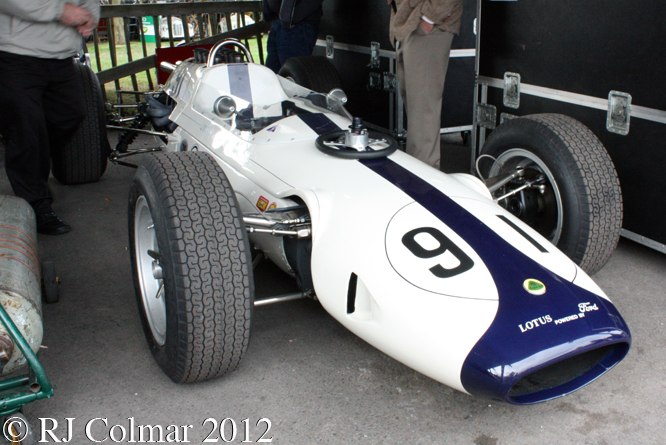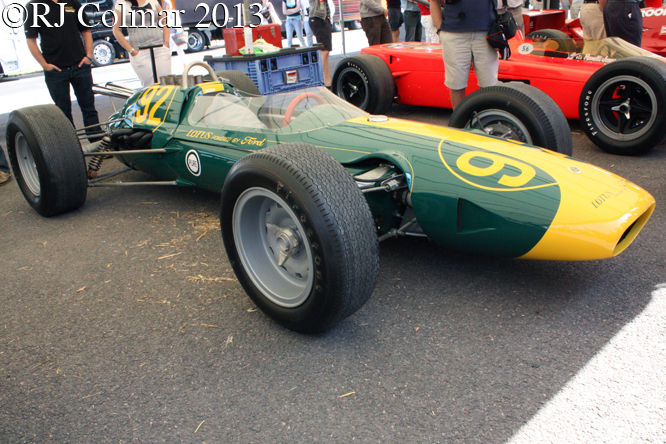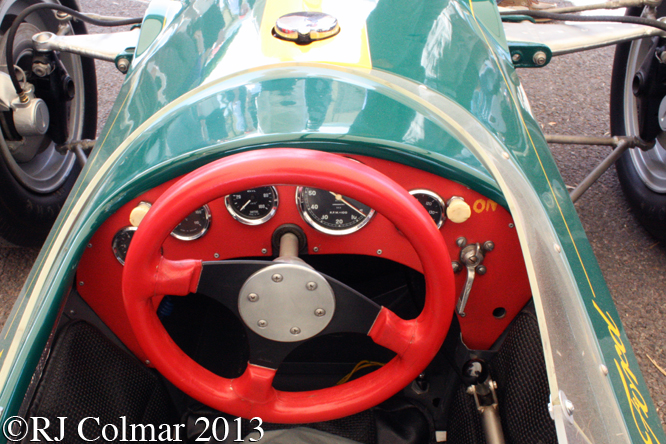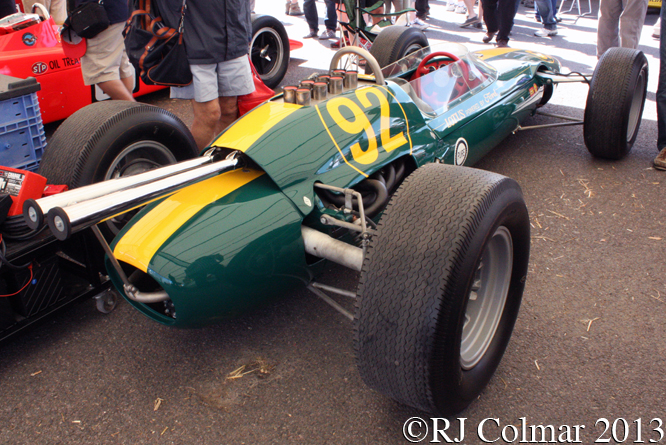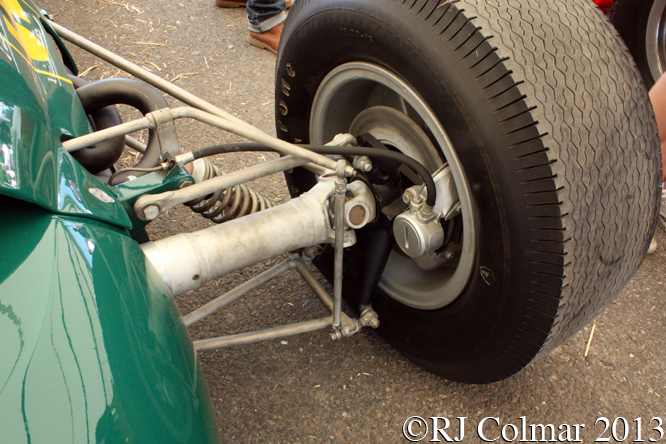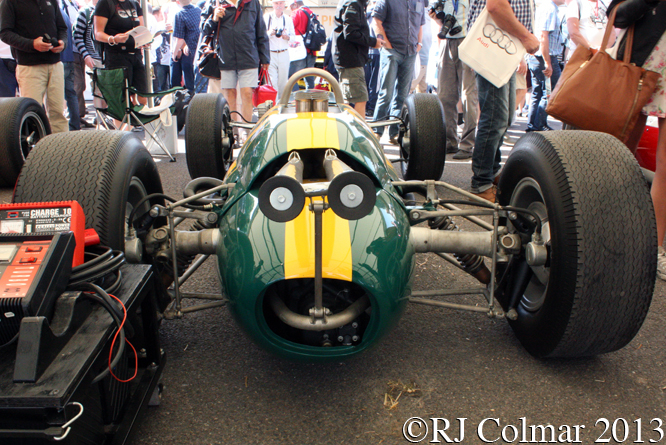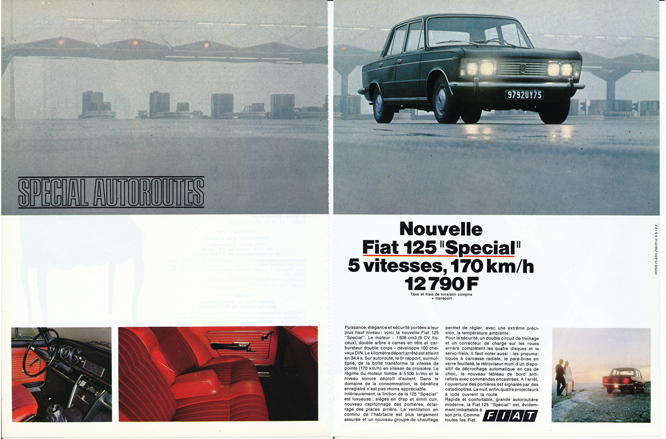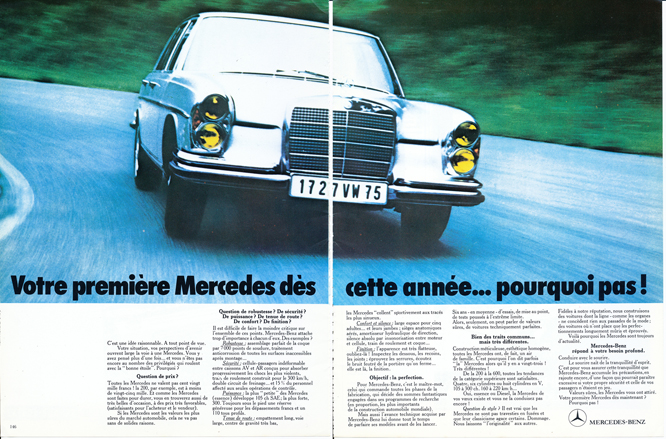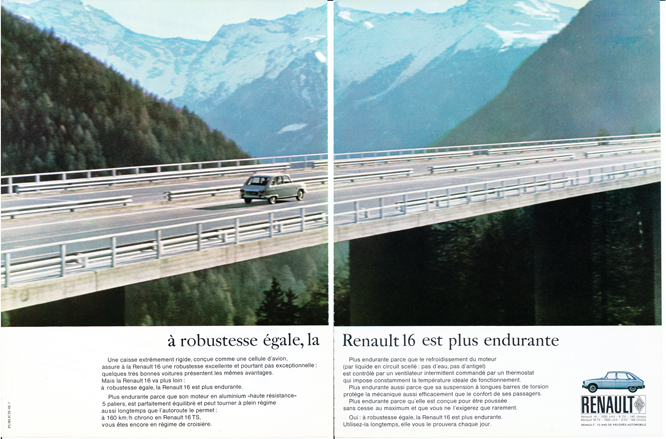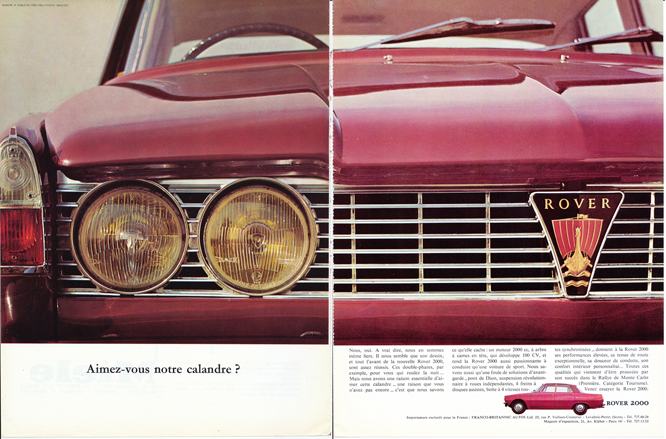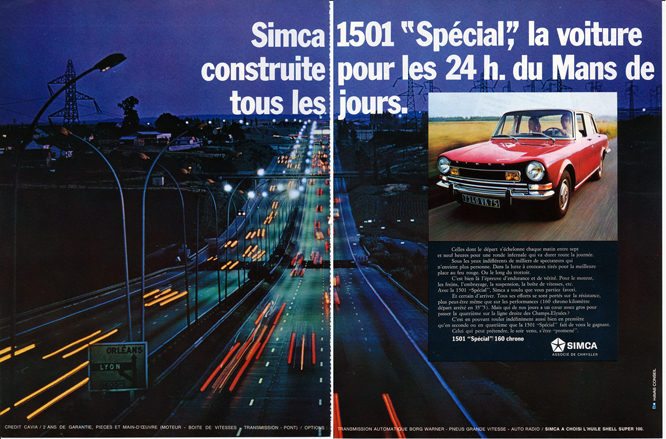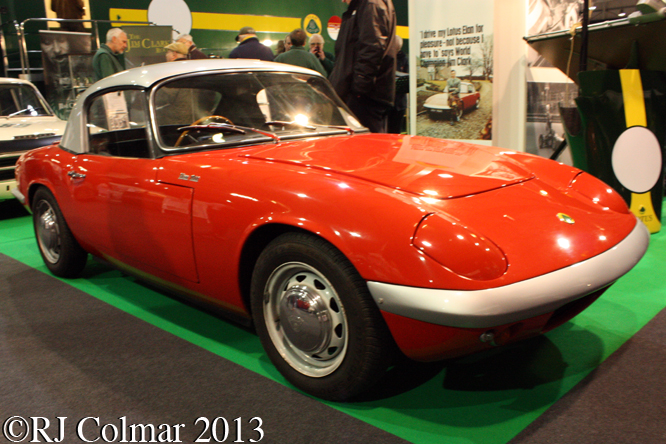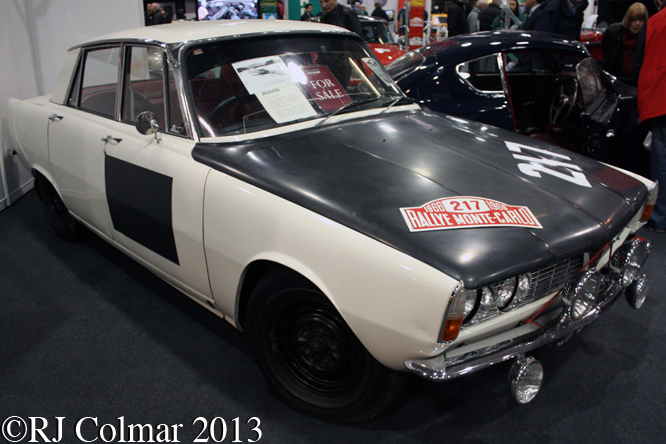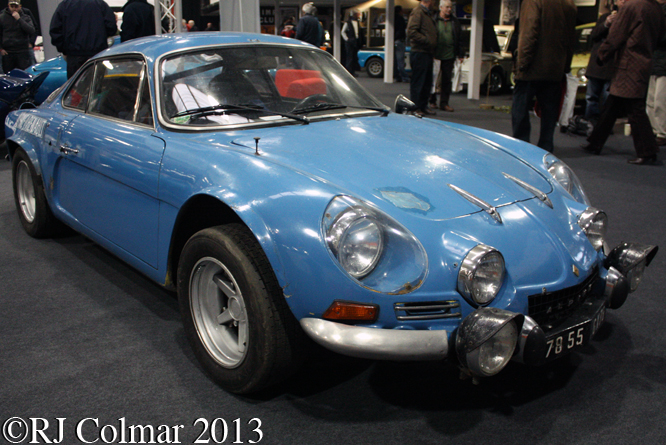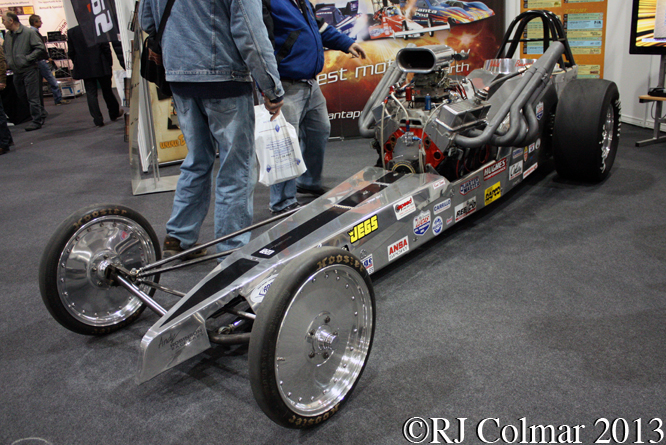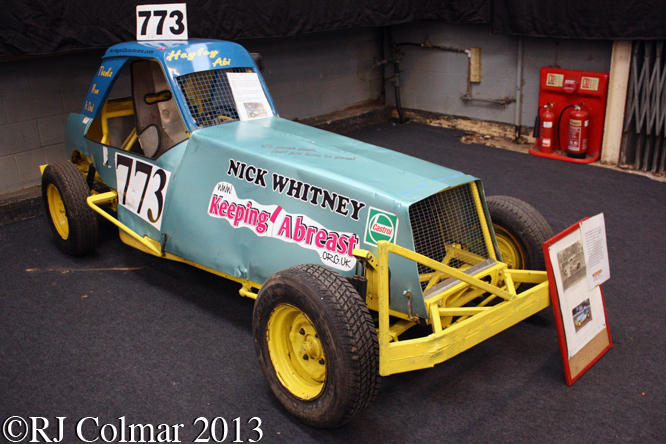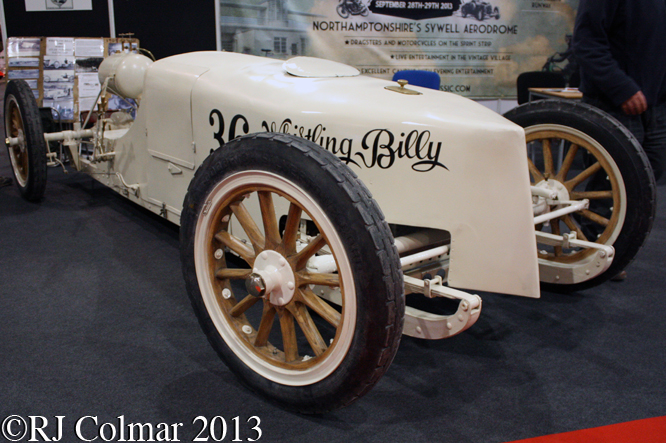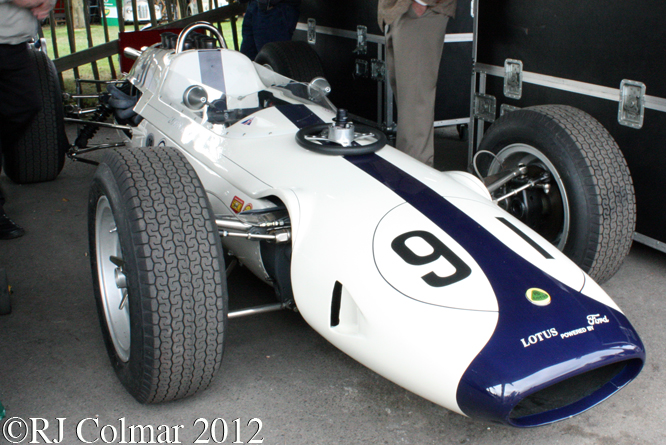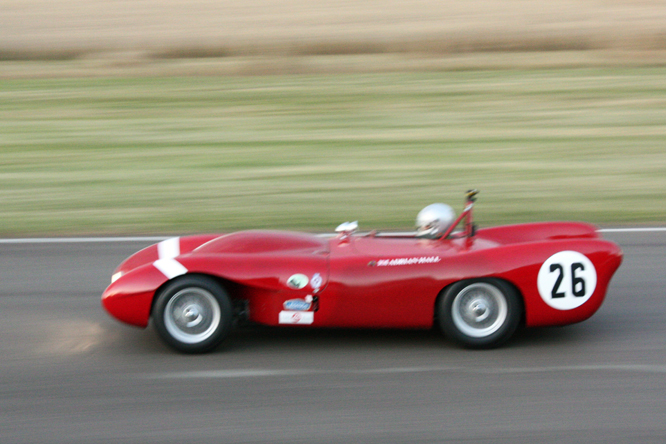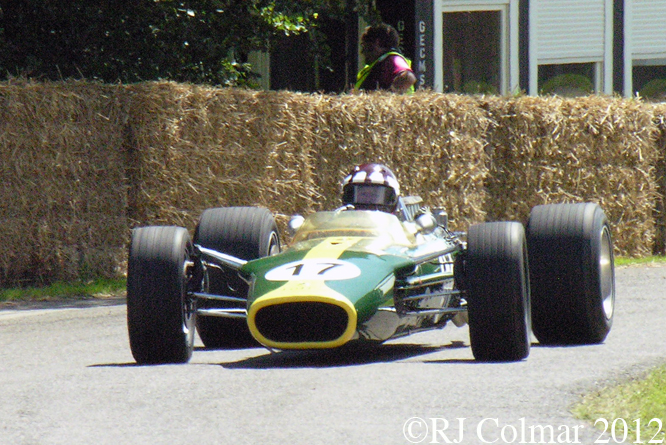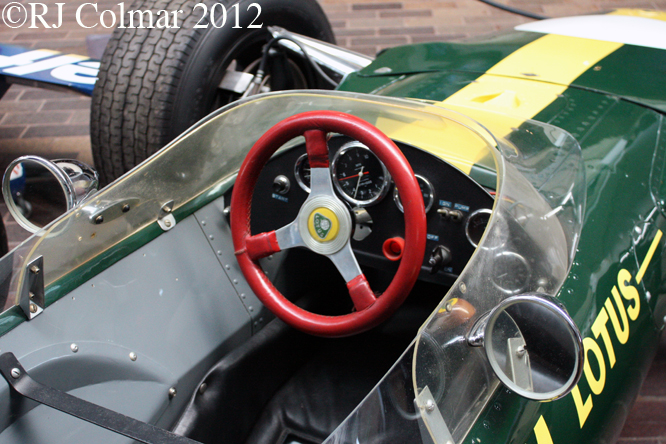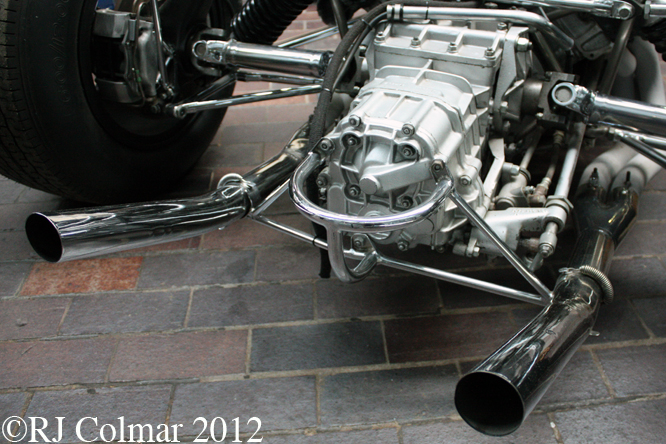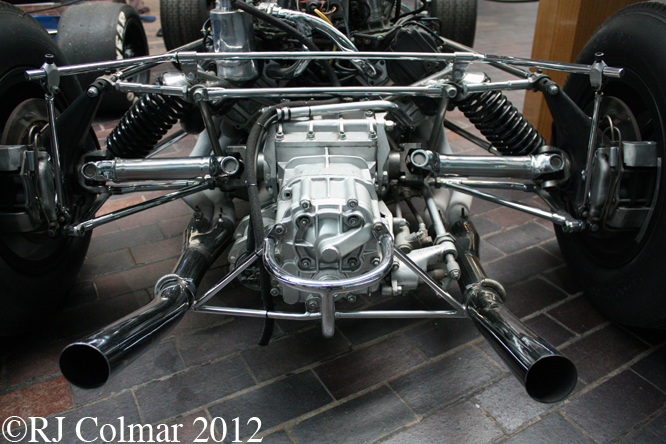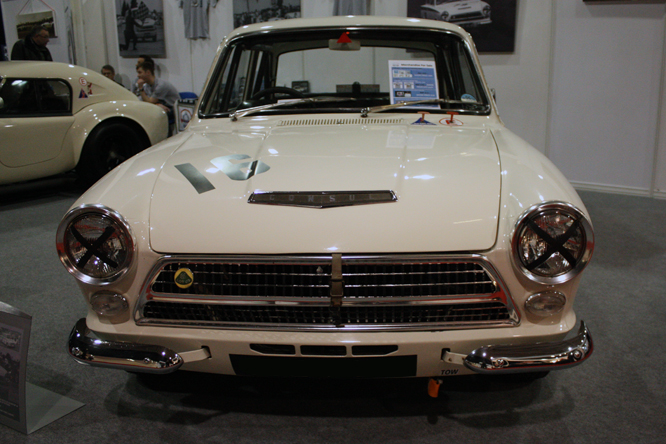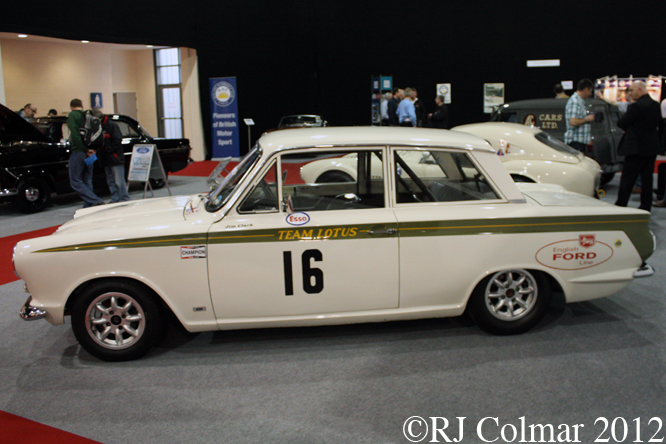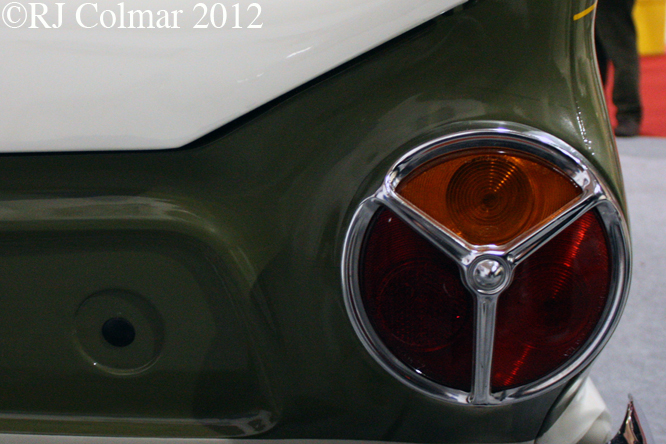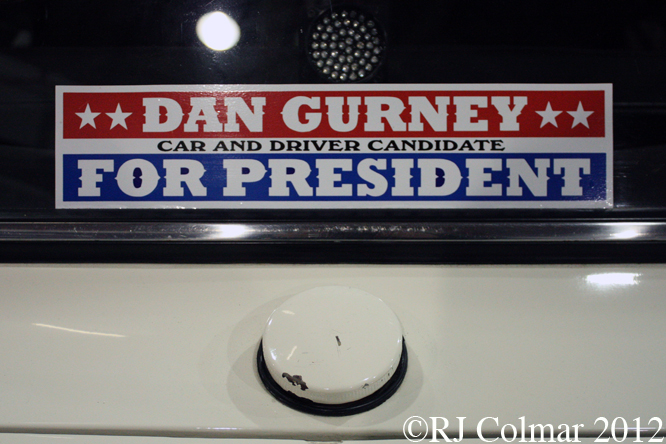After the success of winning the 1961 World Drivers and Manufacturers Championships with Phil Hill driving the shark nose V6 powered Ferrari 156 model, the team experienced one of it periodic slumps.

The ensuing 12 months saw Enzo Ferrari fallout with a patential saviour Ford, a couple of customers Ferruccio Lamborghini and Count Giovanni Volpi di Misurata his engineers Carlo Chiti and Giotto Bizzarrini and star driver Phil Hill.

Despite these difficulties Enzo set Mauro ‘Fury’ Forghieri to work on a new V8 powered formula one challenger which was ready at the begining of 1964 for seven time world Motor Cycle Champion John Surtees to drive in his second season with the team.
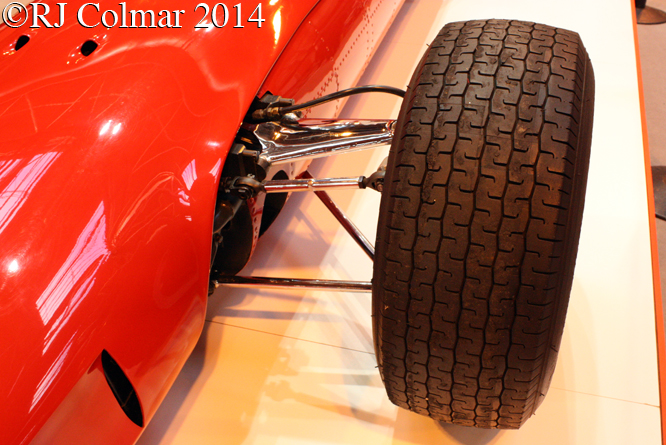
John’s first season with Ferrari driving the old V6 powered shark nose had seen him finish four races in 4th, 3rd, 2nd and culminating with a win in the 1963 German Grand Prix which saw him finish 4th overall in the World Drivers Championship and Ferrari 4th overall in the constructors championship.

Unlike the 1963 championship wining monocoque chassis Lotus 25, the Ferrari 158 features a semi monocoque chassis which has aluminium sheets riveted to a steel structure.

The 8 cylinder 1,489 cc / 90.9 cui type 205/B motor like the contemporaneous Coventry Climax V8 that powered the Lotus and BRM V8 has two banks of cylinders inclined at 90 degrees and produces around 210hp.

The motor mounted behind the driver was attached to a Ferrari 6 speed gear box and the whole car weighed in at 468 kg / 1,032 lb with water and oil.
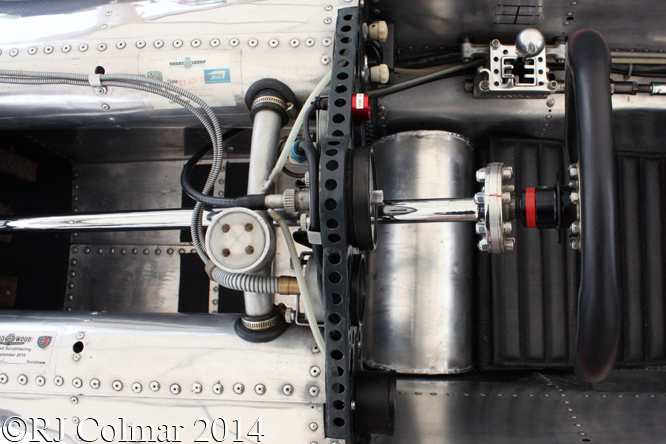
There were 10 races counting toward the 1964 World Championship and John qualified 4th for the first round at Monaco but retired after 15 laps with a broken gearbox in a race won by Graham Hill from team mate Richie Ginther driving for BRM.
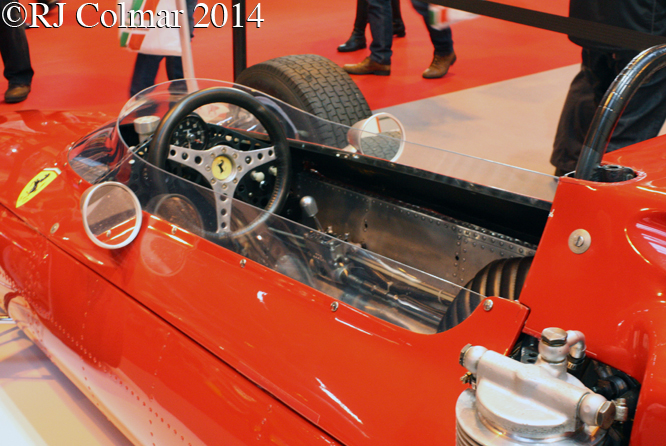
John qualified 4th again for the Dutch Grand Prix and this time finished second to Jim Clark’s Lotus. At the Belgian and French Grand Prix John qualified 5th and 3rd respectively but retired from both with engine problems with less than half a dozen laps completed.
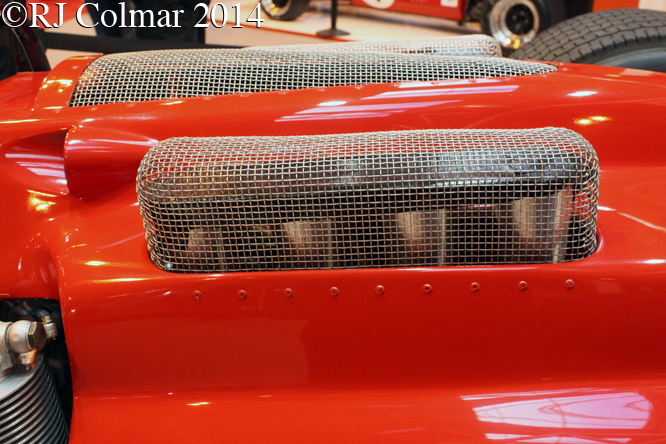
At the 1964 British Grand Prix John qualified fifth but managed to go the whole distance to finish third behind Jim Clark and Graham Hill, Clark who had won the Belgian Grand Prix was leading Hill by four points in the championship with Surtees outside the top five 20 points behind Clark.

John qualified, chassis #006 featured in these photographs, on pole for the German Grand Prix and went on to win the race from Graham Hill while Clark began a series of three consecutive retirements thanks to two engine and one half shaft failure.

All three emergent championship contenders retired from the Austrian Grand Prix which was won by John’s team mate Lorenzo Bandini.

Going into the Italian Grand Prix John was 13 points behind championship leader Graham Hill but a second win from pole, again in chassis #006, closed the gap to just four points as both Graham and Jim Clark failed to finish.
I’ll conclude the story of John’s championship Formula One season next week, but meantime there is a petition to get John Surtees the knighthood he so richly deserves for being the only man to win World Championships on two wheels and four, if you would like to sign FOLLOW THIS LINK.
Thanks for joining me on this “Arise Sir John ? Pt 1” edition of “Gettin’ a li’l psychoontyres” I hope you will join me again tomorrow when I’ll be looking at a Jaguar Special. Don’t forget to come back now !


